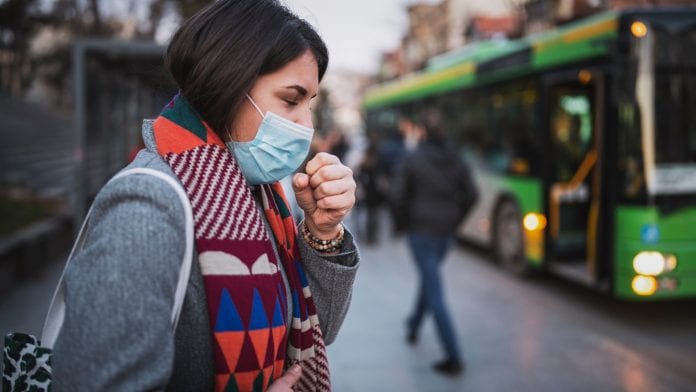
A new study has suggested the hypothesis of a correlation among the short-term exposure to atmospheric pollutants and COVID-19 incidence, mortality, and lethality rates
There has been speculation that atmospheric pollution exposure, in particular to particulate matters (PMs) has been linked to the spread of COVID-19. A new study, led by the Euro-Mediterranean Center on Climate Change (CMCC) Foundation and carried out in collaboration with the University of Salento and the Italian National Institute of Health (ISS), has looked for any potential short-term correlation between the two phenomena.
The results suggest that confounding factors should be considered to justify why the almost identical PM10 profiles observed in Milan, Brescia, and Bergamo during the first quarter of 2020 did not produce similar COVID-19 incidence rate variations.
The study has been published in Environmental Pollution.
COVID-19 and air pollution
The researchers focused on the analysis of atmospheric pollutants concentrations (PM10, PM2.5, NO2) along with the spatio-temporal distribution of cases and deaths (specifically incidence, mortality, and lethality rates) across Italy, including four of the most affected regions: Lombardy, Piedmont, Emilia-Romagna, and Veneto.
Professor Giovanni Aloisio, corresponding author of the study and also member of the CMCC Strategic Board, Director of the CMCC Supercomputing Center and professor at the University of Salento, said: “The data analysis has been limited to the first quarter of 2020 to reduce the lockdown-dependent biased effects on the atmospheric pollutant levels as much as possible. Our results suggest the hypothesis of a moderate-to-strong correlation between the number of days exceeding the annual regulatory limits of PM10, PM2.5 and NO2 atmospheric pollutants and COVID-19 incidence, mortality, and lethality rates for all the 107 Italian territorial areas under investigation, whereas weak-to-moderate correlations were found when the analysis was limited to four of the most affected regions in Northern Italy (Lombardy, Piedmont, Emilia-Romagna and Veneto).”
Overall, PM10 and PM2.5 showed a higher correlation than NO2 with COVID-19 incidence, mortality, and lethality rates.
PM10 profiles
PM10 profiles have been analysed along with the COVID-19 incidence rate variation for three of the most affected territorial areas in Northern Italy – Milan, Brescia, and Bergamo in March 2020. All areas showed a similar PM10 time trend but a different COVID-19 incidence rate variation, that was less severe in Milan compared with Brescia and Bergamo.
The investigation will now be extended in the future to account for confounding factors and outbreak dynamics, such as for example population size, ethnicity, hospital beds, number of individuals tested for COVID-19, weather, socioeconomic and behavioural variables, days since the first reported case of COVID-19, population age distribution, and days since the issuance of the stay-at-home order, etc.
The researchers say that confounders might justify the differences in the statistical significance of correlations found when comparing a four-region subset with the whole of Italy, and that climate change negatively affects human health so its potential role in the pandemic spread deserves further investigation.









